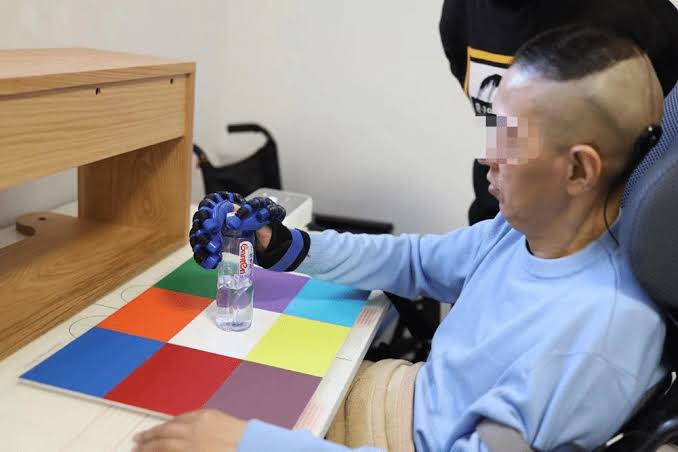The recent breakthrough by the Chinese research team at Tsinghua University represents a significant advancement in the field of neuroscience and medical technology. Through the development and implementation of wireless minimally invasive Brain-Computer Interface (BCI) technology, paralyzed patients like Mr. Yang are now able to regain some degree of control over their environment and daily activities.
For Mr. Yang, who had been paralyzed in all four limbs for 14 years following a car accident, this innovation offers a newfound sense of independence and autonomy. The implant surgery conducted in October 2023 marked a milestone not only for him but also for the broader scientific community in China. It represents the culmination of years of research and development aimed at bridging the gap between the human brain and external devices.
The functionality achieved by Mr. Yang through the BCI system is remarkable. By leveraging brain waves to control an exoskeleton glove, he can now perform tasks that were once thought impossible. For example, he is able to fetch a bottle and drink water, a seemingly simple action but one that holds profound significance for individuals with severe physical disabilities. Moreover, the ability to move the bottle to a designated place within a short timeframe demonstrates the precision and responsiveness of the technology.
This achievement underscores the potential of BCI technology to improve the quality of life for paralyzed individuals and others with neurological conditions. Beyond the immediate practical applications, such as assisting with daily tasks, BCI systems hold promise for enabling communication, mobility, and even rehabilitation for patients with a range of disabilities.
Looking ahead, continued research and development in this field will be crucial for refining and expanding the capabilities of BCI technology. As advancements are made in areas such as signal processing, device miniaturization, and neural decoding algorithms, we can expect to see further enhancements in both the functionality and accessibility of BCI systems.


